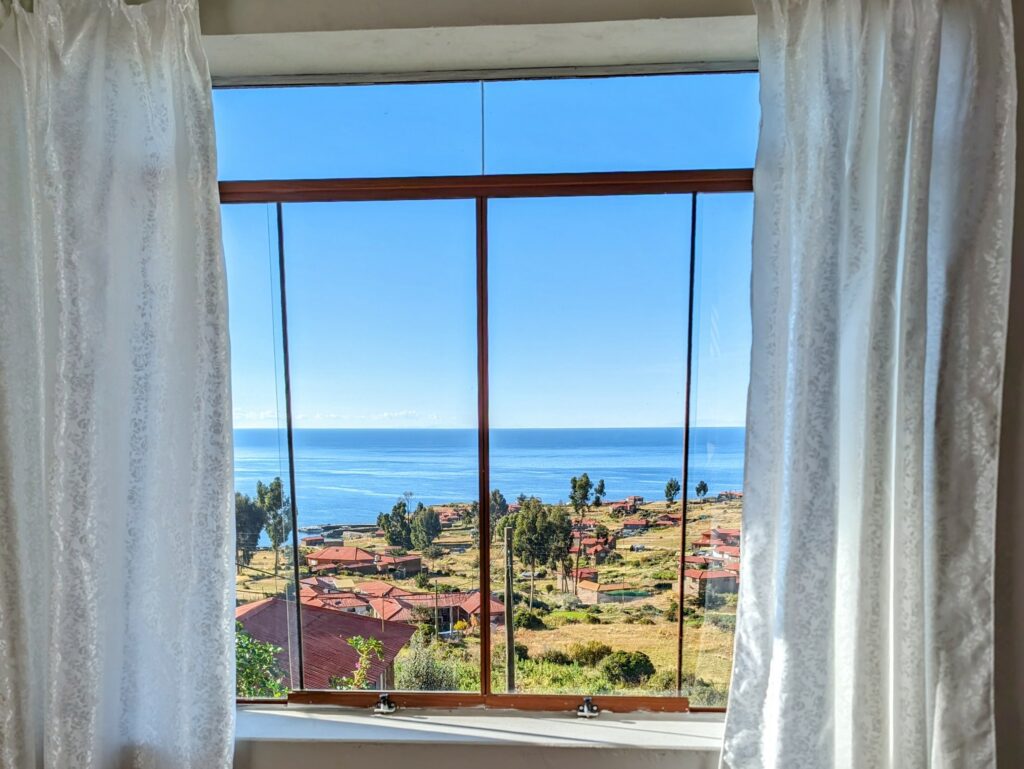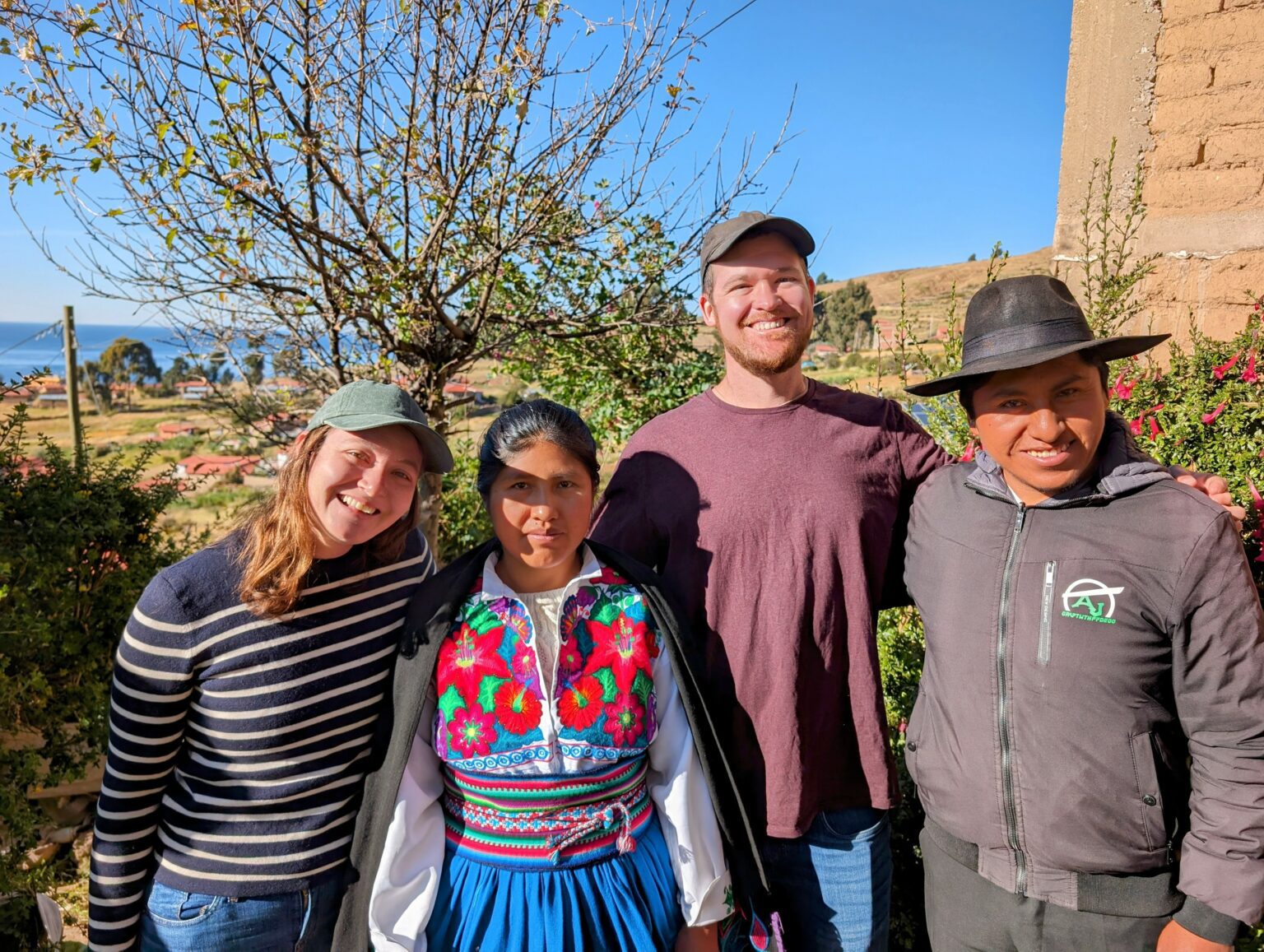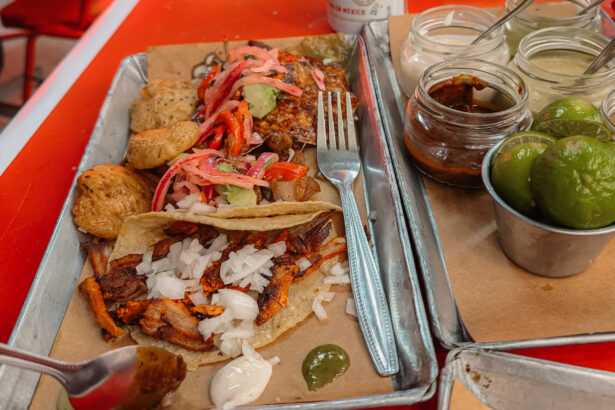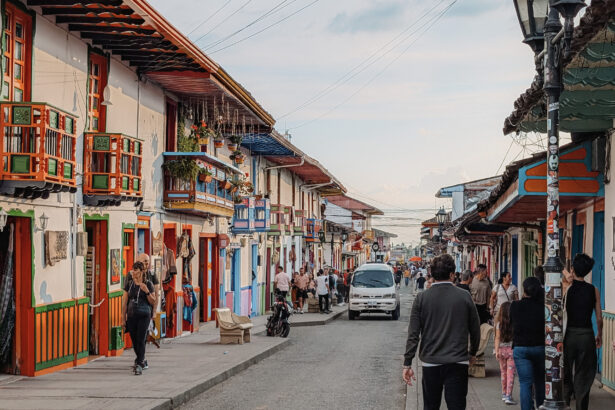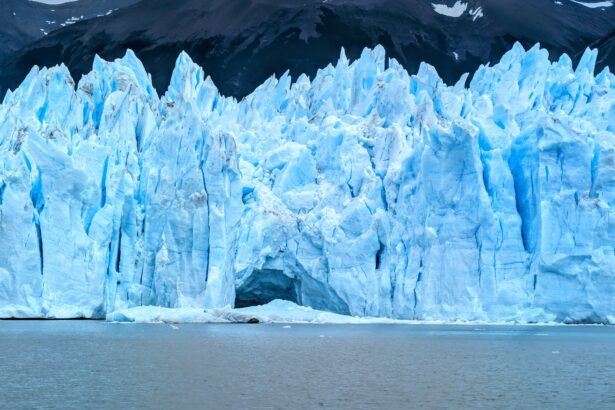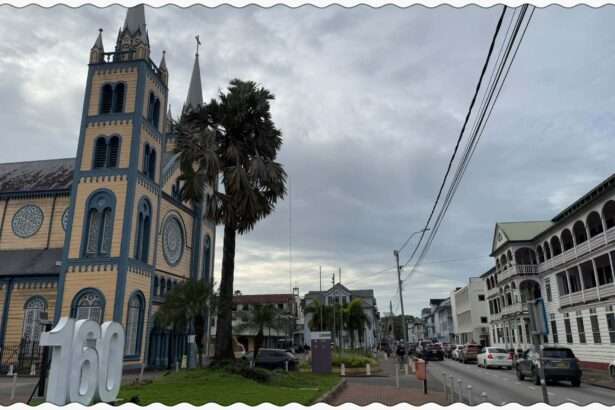So, you’re considering spending time at Lake Titicaca and are looking for a unique, invaluable, and immersive experience? Then this is the experience for you. Homes within the Amantani Island in Lake Titicaca, on the Peruvian side, provide homestay opportunities, accessible from Puno, Peru. These homestays are a mutually beneficial opportunity for the island’s inhabitants, giving you a unique experience and providing them with some financial support in a place where they may not have an abundance of opportunities.
Note:
We specifically asked our host family if the community welcomed the Lake Titicaca homestays or if they were a burden and imposition on their society. They told us that they truly value the homestays as a strong source of income for their family. Our host’s brother and father were also participants in the homestays and had built and expanded their homes specifically to accommodate visitors.
You can also stay in hostels or camp on the Isla del Sol on the Bolivian side of the lake for a different island and lake experience. You can read more here to learn about what you can do on the Bolivian side of Lake Titicaca.
For this article, we will talk about the experience on the island of Amantani. However, we do know that there are similar experiences on the island of Taquile and the floating community of Uros Islands. You can read through our section about what to consider when choosing a Lake Titicaca homestay tour agency to support one that promotes the efforts of the local community, no matter where that homestay is located.
What Does a Lake Titicaca Homestay Tour on Amantani Entail?
First, let’s start with what a homestay is: a homestay is the opportunity to sleep at a resident’s home and eat several meals with their family.
In this case, the Lake Titicaca homestay on the Amantani island includes a traditional lunch, dinner, and breakfast. You will have the opportunity to see how the families live on the island, visit some of the religious archaeological sites still used today, and explore the different artisan trades and activities perfected by the island’s inhabitants.
With a tour, you also get the opportunity to visit the floating Uros Islands and the island of Taquile.
The Floating Uros Islands
This unique community lives on artificial floating islands, using the floating roots of reeds for the structure. These reeds are an abundant local resource used to create large floating platforms and homes and kitchens on top of them. The people of Uros were driven to live on the lake in this way when the Incans invaded the area. They have learned to survive on these floating islands.
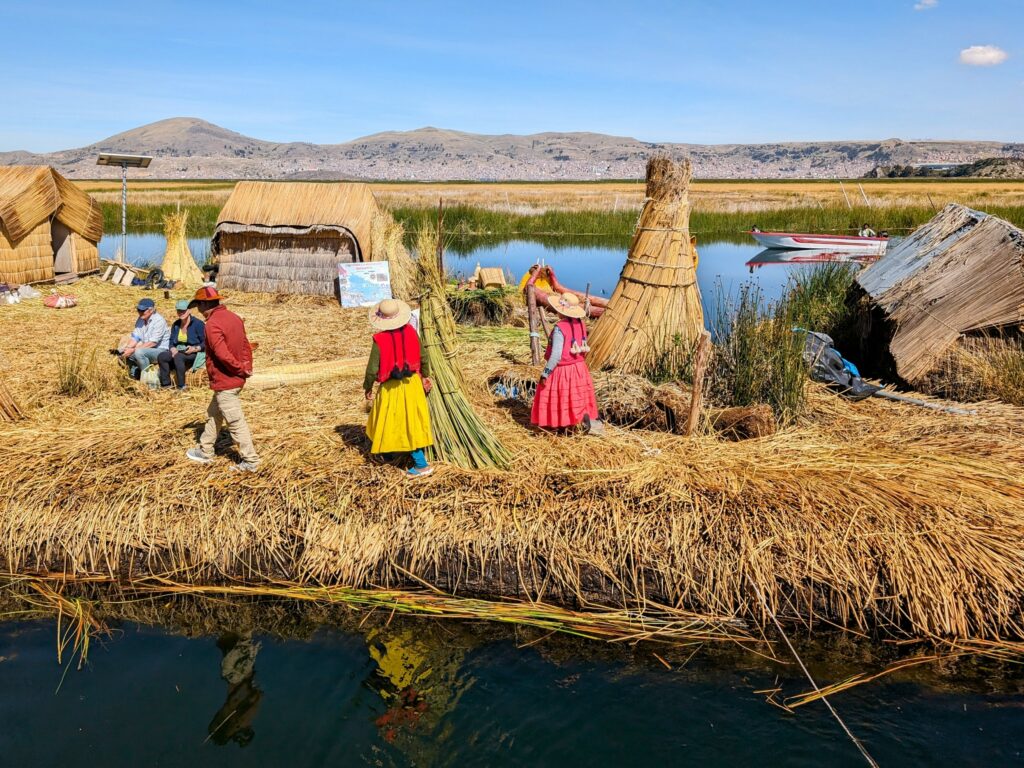
Each family lives on an island and there is an island with a school to educate the children of the islands until university. It’s pretty surreal to see people living in this way. Using solar energy, some islands have electricity and televisions today. Most of their income depends on tourism to the island. Every day, the families display how they live, how they build their islands, how they cook their food, where they sleep, and the textiles they embroider and produce. They are incredibly skilled in embroidery and knitting; visitors can purchase these products. At the end of the tour, tourists can pay for a short boat ride on the impressive reed boats that they have built. Today, they use motor boats to get around but these reed boats are an impressive treat.
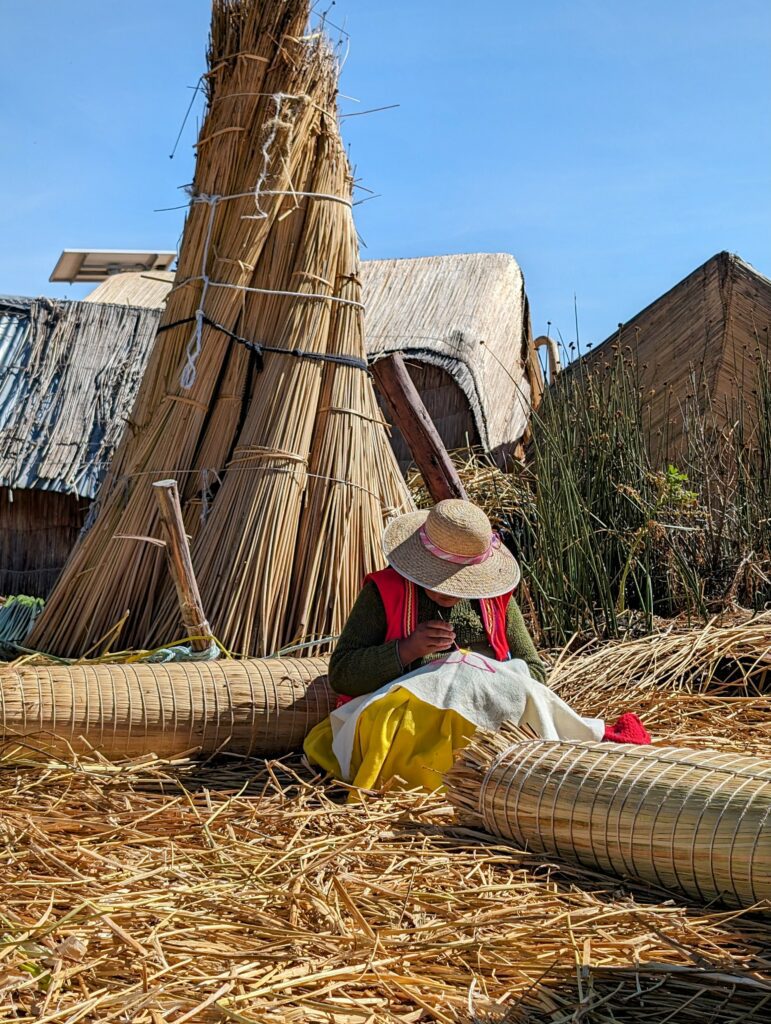
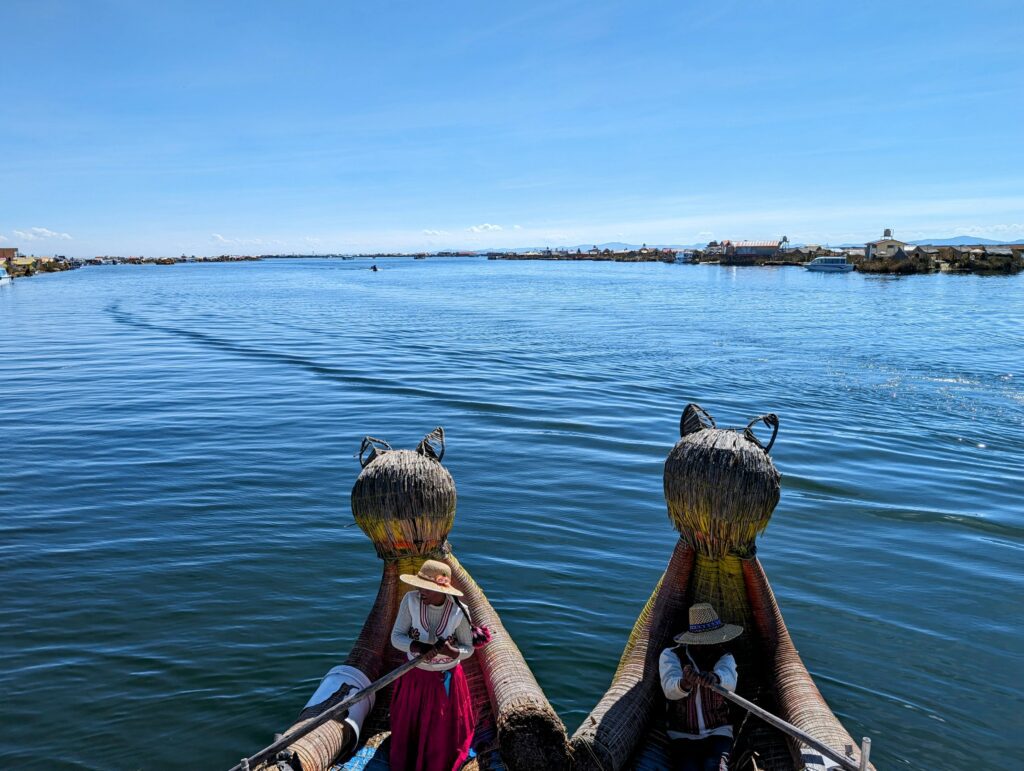
The Island of Taquile
The Island of Taquile is a sister island to Amantani and is a subsidiary community of the Amantani island. This island is visited on the second day of the tour where you have the opportunity to learn about this community and learn about their incredible mastery in knitting. The men learn to knit from a very young age and make much of the clothing that is worn on the island. You have the opportunity to purchase some of these textiles in an artisan market on the island. The people of Taquile use different hat styles and colors to display their societal and marital status, which you can discover as you walk through the island.
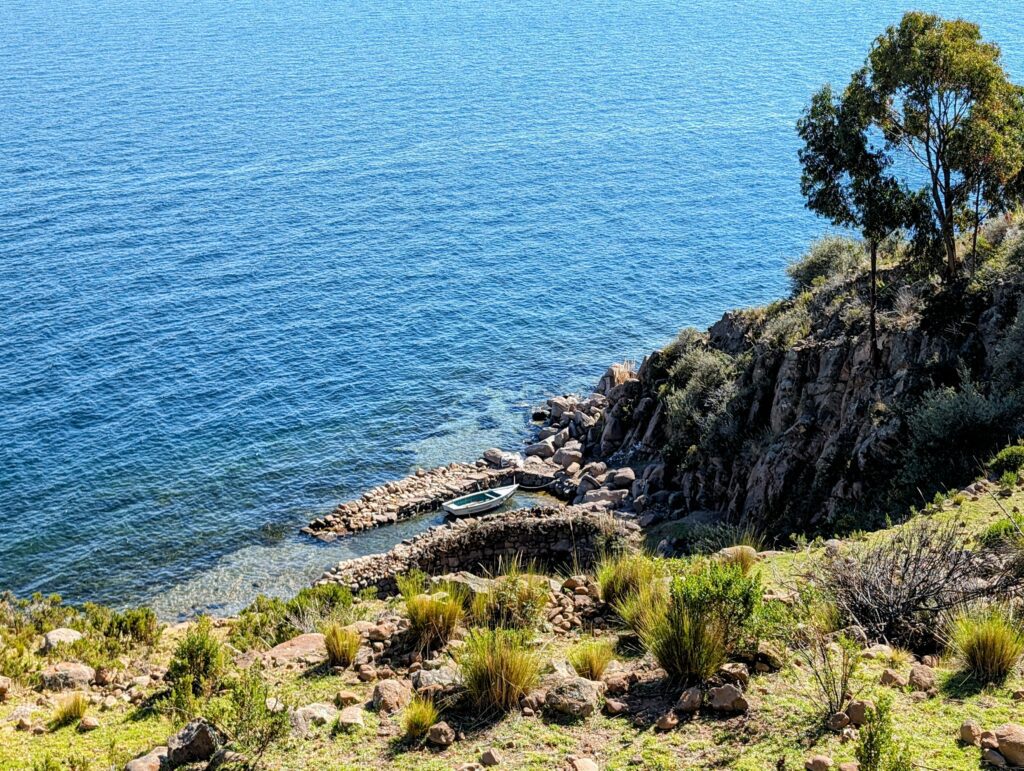
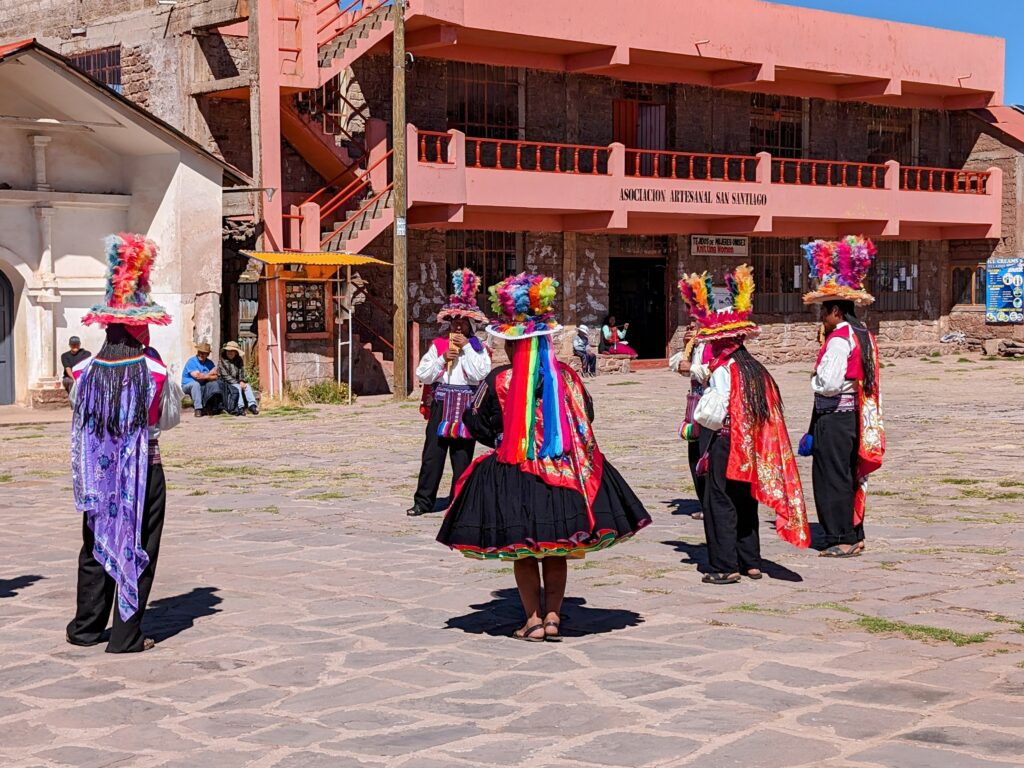
The Amantani Island
Amantani Island is the second-largest island of Lake Titicaca and contains 10 communities of indigenous Quechua families. These families are primarily self-sustainable, growing their food around the island on different pre-Incan terraces throughout the island. It is impressive to experience a society that relies on everything that they grow themselves. The families of the Lake Titicaca homestays are generous enough to share this produce with the people who visit, providing lunch, dinner, and breakfast.
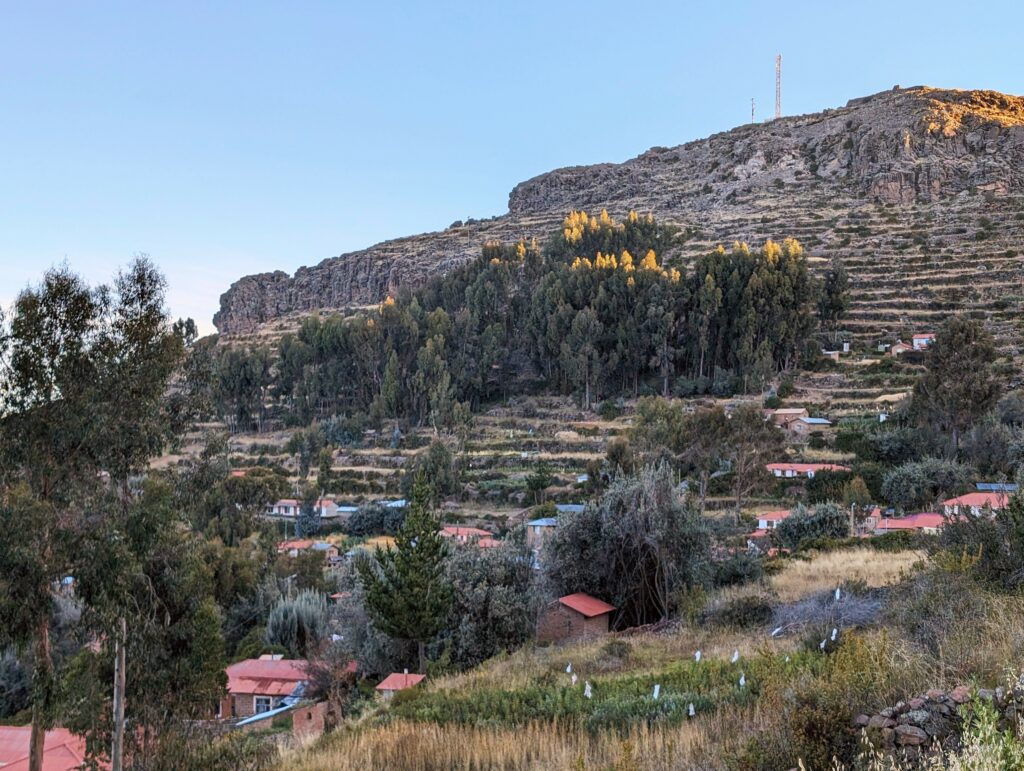
The communities live close to the water with many of their farms around and above them on the island. On the island’s top lies two ceremonial centers, one to the Pachamama and one to the Pachatata. During your visit, you can hike to one of these two ceremonial centers, which is not an easy hike due to the altitude of the lake and island. To this day, the temples are used by the residents of the island in their Quechua religious practices.
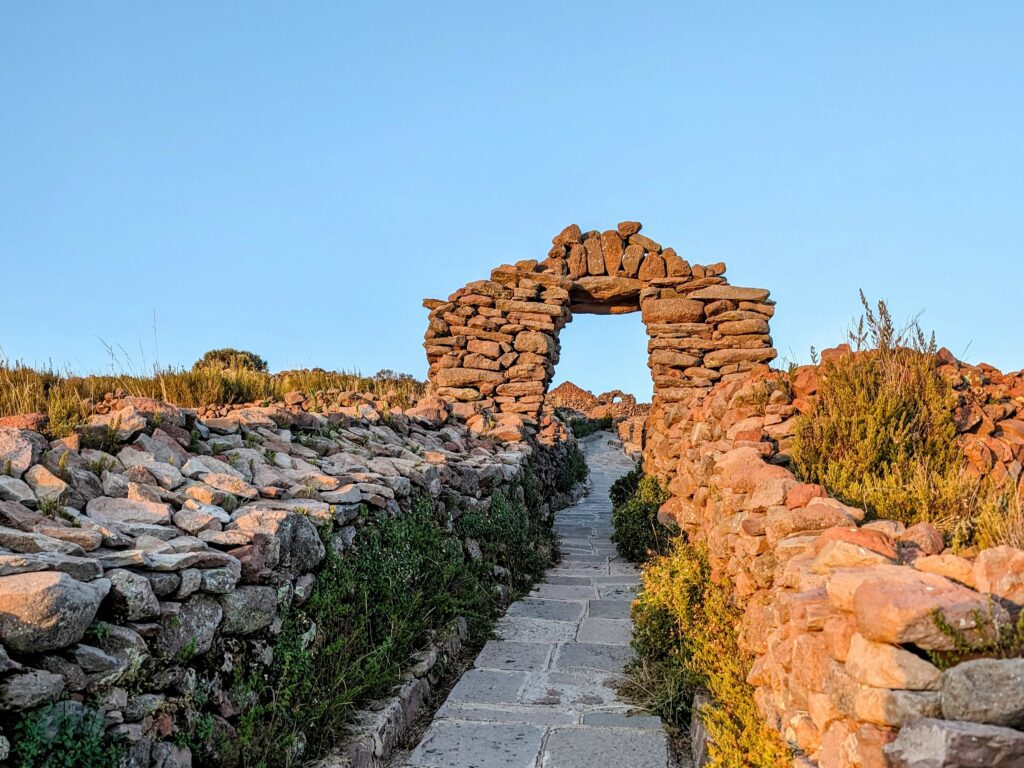
The women of the island are expert weavers, making much of the clothing that they wear traditionally. The men of the island make beautiful embroideries, especially on the shirts of their wives. The homestay families sometimes put on a small celebration for you and even let you borrow some of these traditional clothes for the party. It is a great way to feel integrated into the community and learn about the music and traditions of the island.
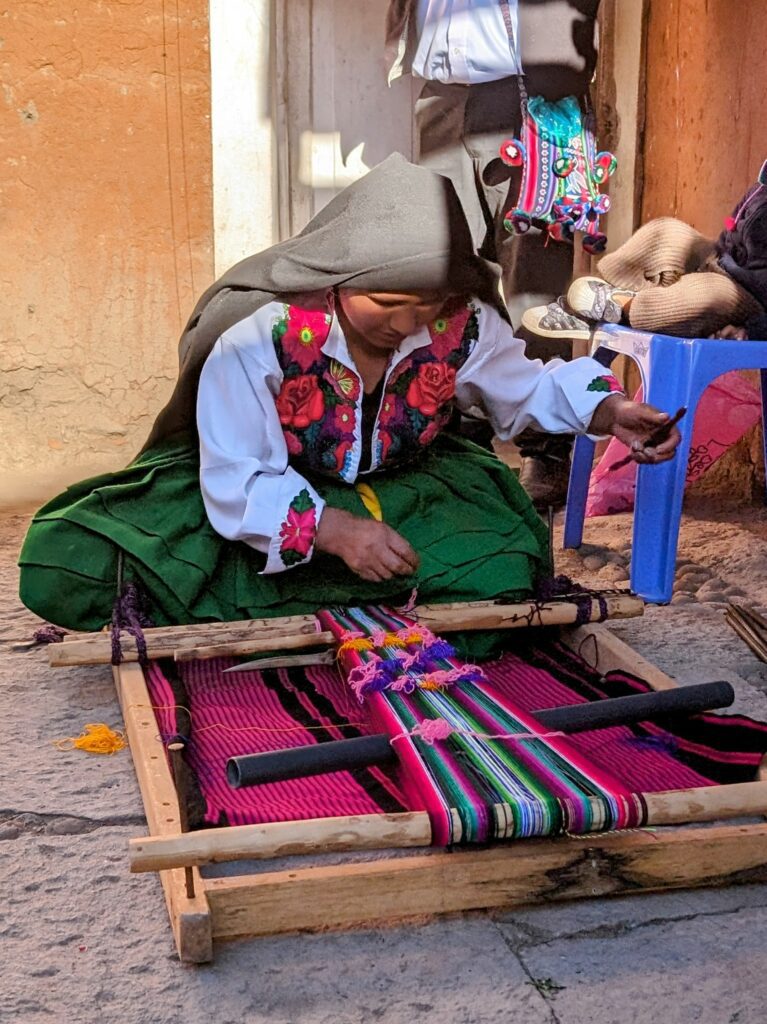
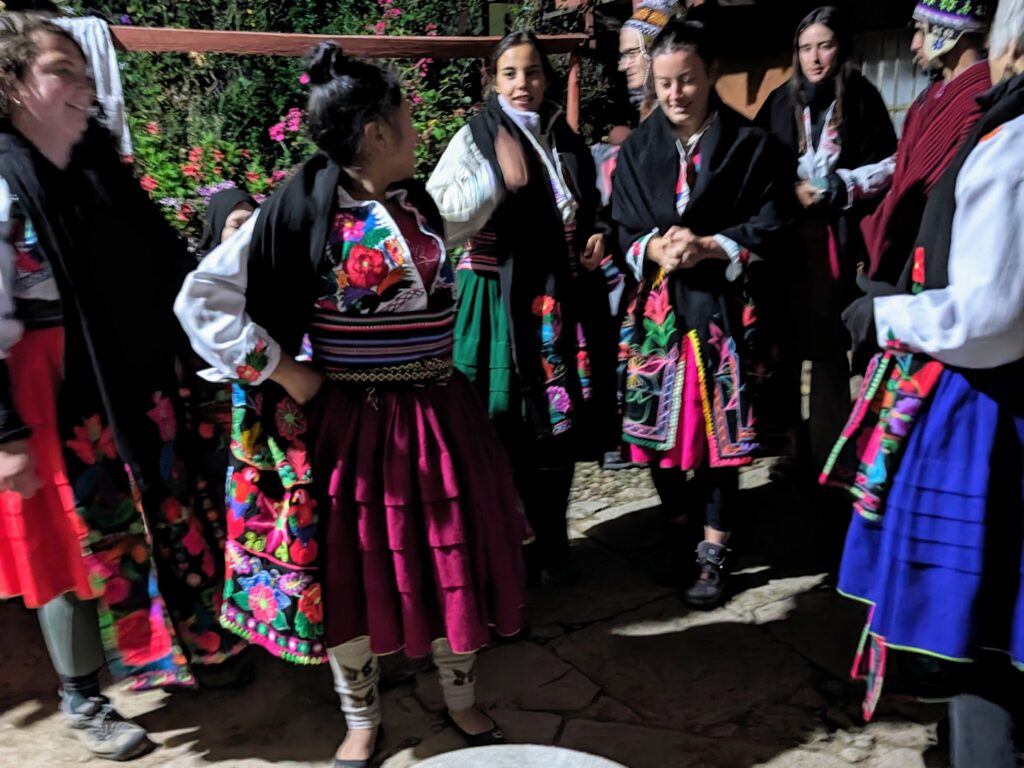
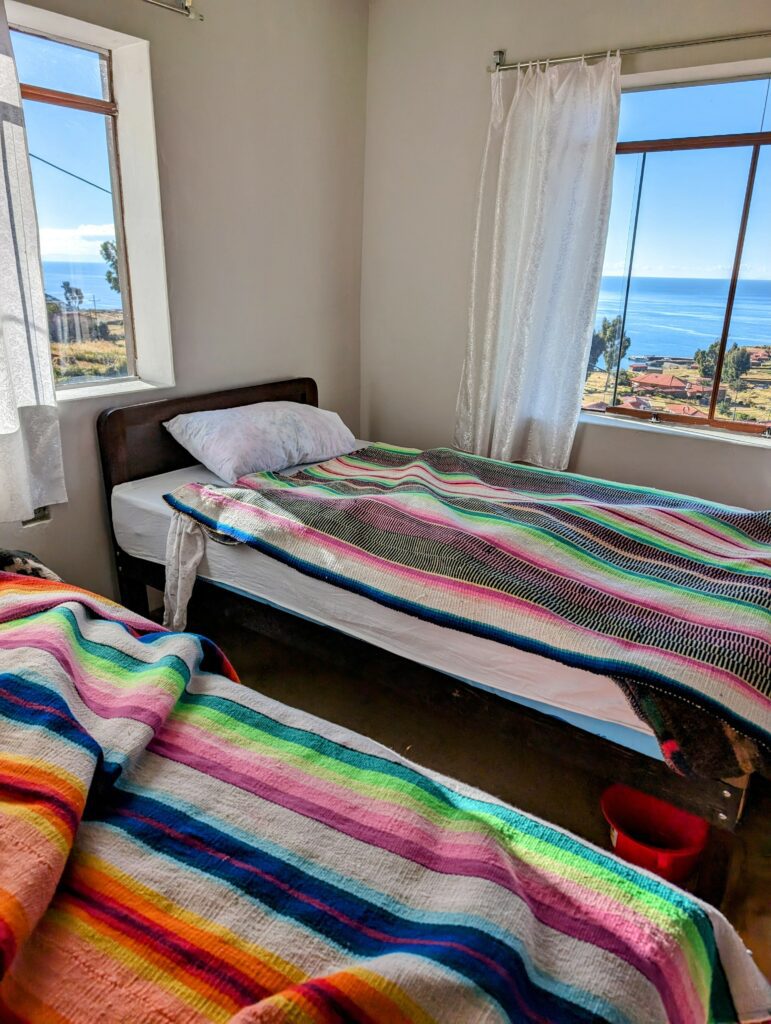
The Lake Titicaca Homestay Company to Consider
Several agencies and companies sell Lake Titicaca homestay tours. It may be hard to differentiate them because they all offer similar tours at similar prices. However, there are a few things that you should look at to best evaluate different companies.
Some companies allow you to pay the host families directly for the food and room, ensuring that the families are getting properly compensated. I would recommend going with one of these agencies.
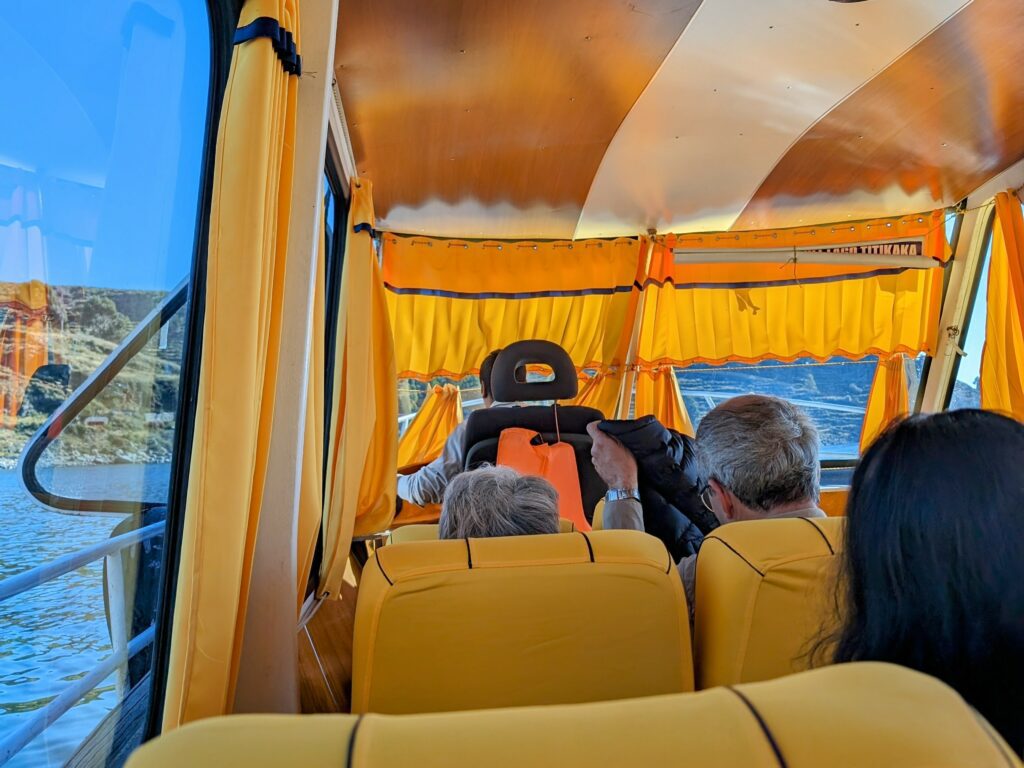
The other thing to look into is if the guides come directly from the homestay communities. This added connection to the community emphasizes the legitimacy of the experience and ensures that cultural voyeurism is not the primary purpose of the tour.
With all of that in mind, All Ways Travel fits the criteria. In addition, they provide a cultural tour that has even more of an emphasis on the culture and economy of the island than the classic homestay tour.
The Itinerary and Logistics of the Lake Titicaca Homestay Tour on Amantani Island
Amantani Island Homestay Sample Itinerary
Morning
Afternoon
Evening
Day 1
Get picked up from your hotel and transfer to your boat for the tour. (Hotels will allow you to leave your large bags with their reception.)
Visit the Uros floating islands with a guided tour
Head to Amantani Island where you will be greeted by your new host family and taken to their homes for lunch
Get a demonstration of different activities done on the island, including weaving or cooking
Hike up to the ceremonial center of Pachatata or Pachamama for the sunset
Get dinner with your host family
Head to an evening celebration with the host families and community
Day 2
Get breakfast with your host family first thing in the morning
Get a tour of Taquile Island and walk through to a restaurant for lunch
Return to the boat. You may have the opportunity to swim in the water here
Head back to Puno and get transferred to your hotel
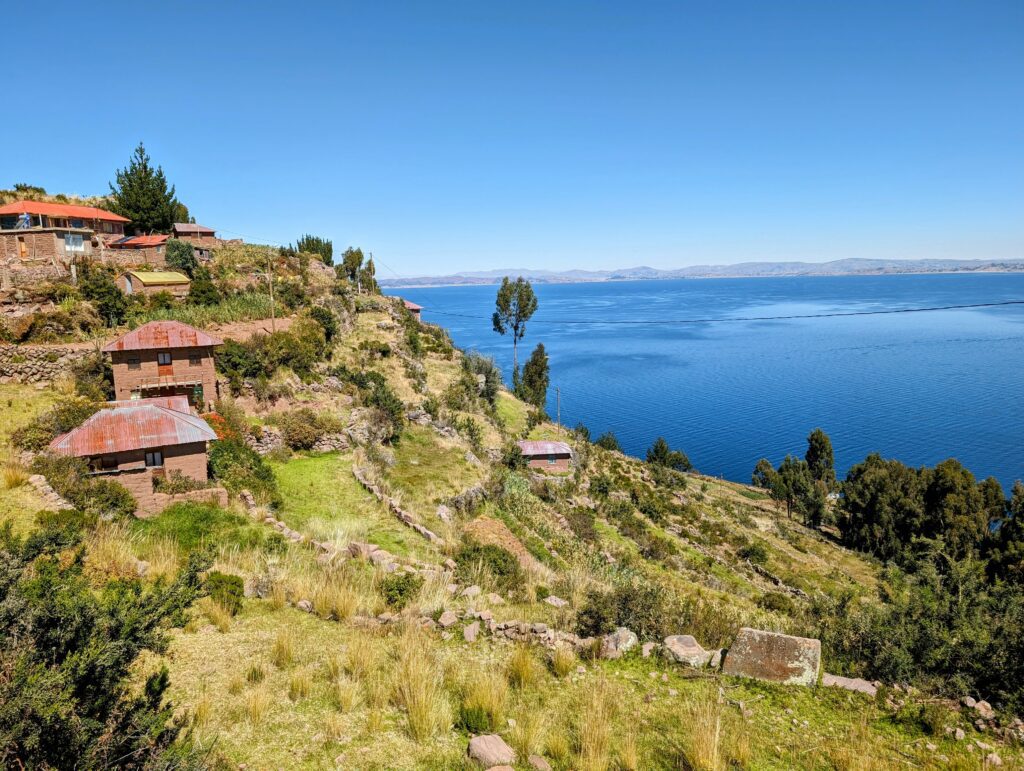
Logistics for the Homestay
- Bring the appropriate amount of money to pay your host family in Soles. You can take out that money from the ATMs in Puno
- Bring the appropriate amount of money to pay for lunch in Taquile if it is not included in your tour price
- Bring additional Soles to buy souvenirs from the artisans on the different islands
- Bring layers as it does get cold on the islands when the sun sets.
- Bring swim suits and a towel if you want to swim in the water at the end of your tour to the islands
Doing a Lake Titicaca Homestay Without a Tour
It is possible to do a Lake Titicaca homestay without using a tour group. This is especially advantageous for people who want to fully support the local community and directly promote a family, want to spend multiple nights on the island or want a deeper homestay experience. Some of the hosts independently list their accommodations on Booking.com here and can help coordinate transportation from Puno to the island, greet you upon arrival, and ensure that you feel immersed in the experience of daily life on the island.
